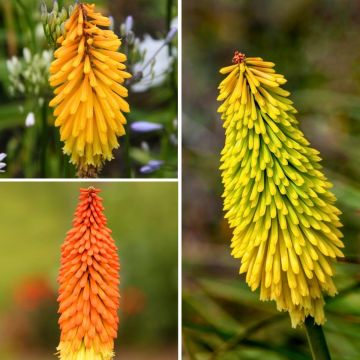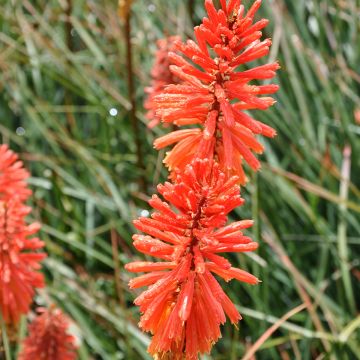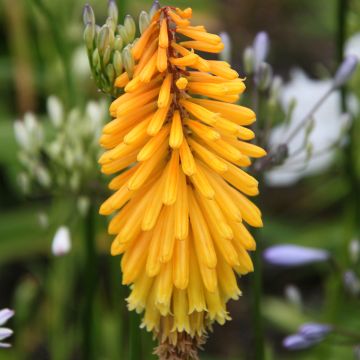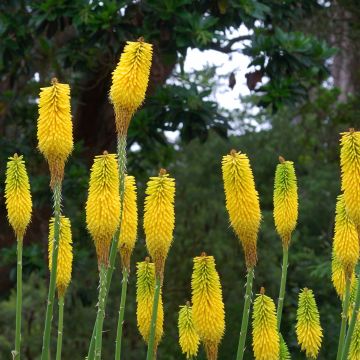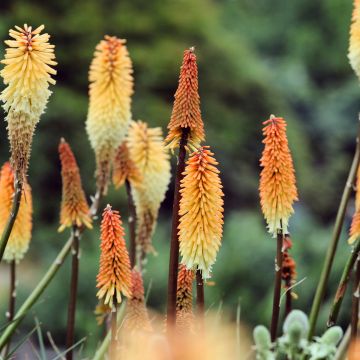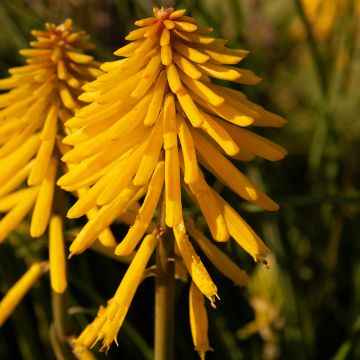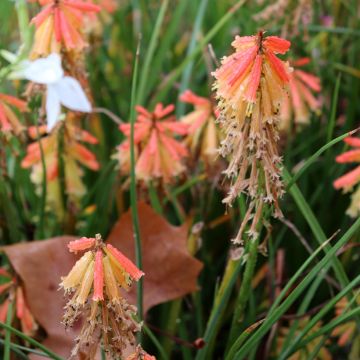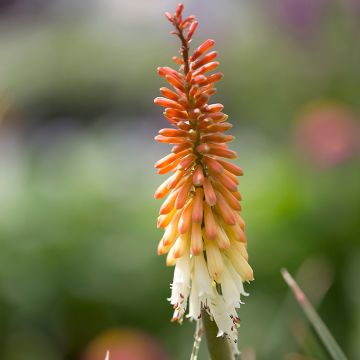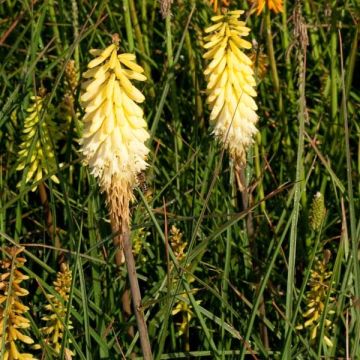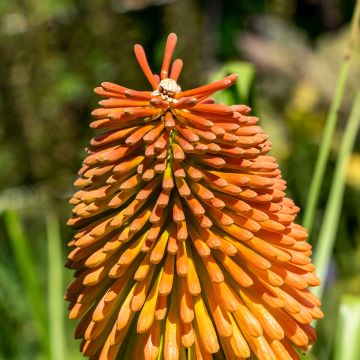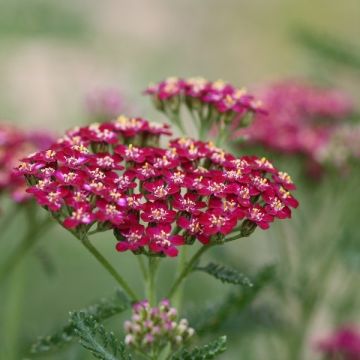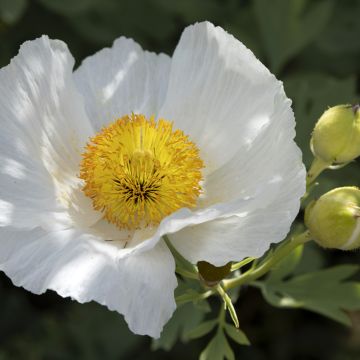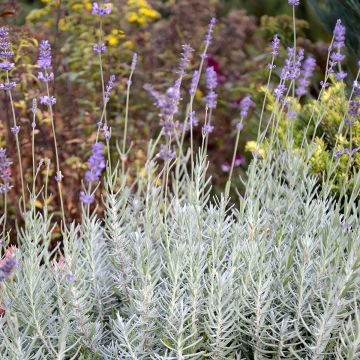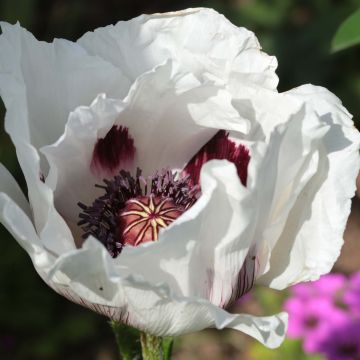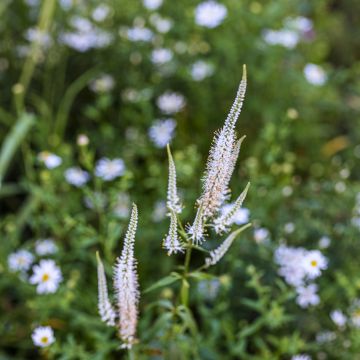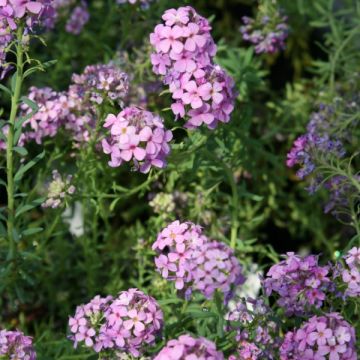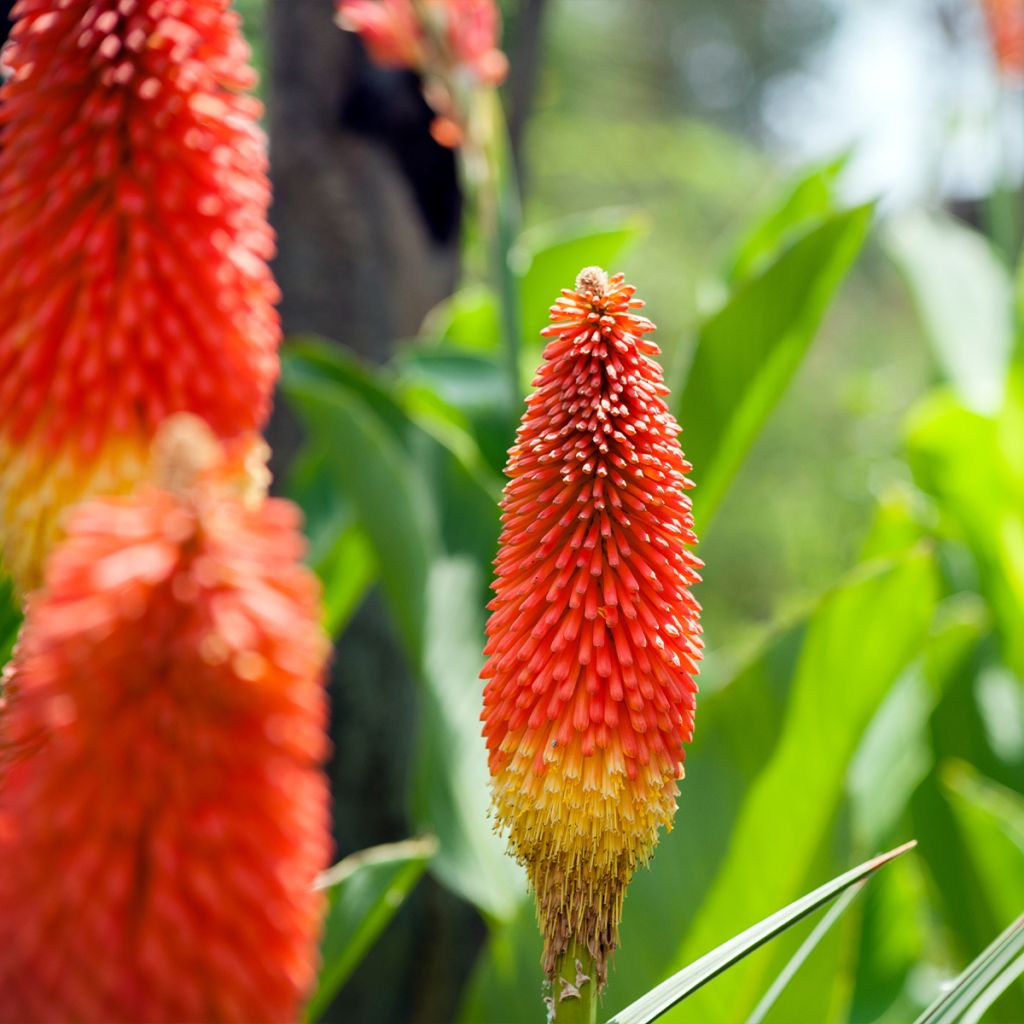

Kniphofia Traffic Lights - Red Hot Poker
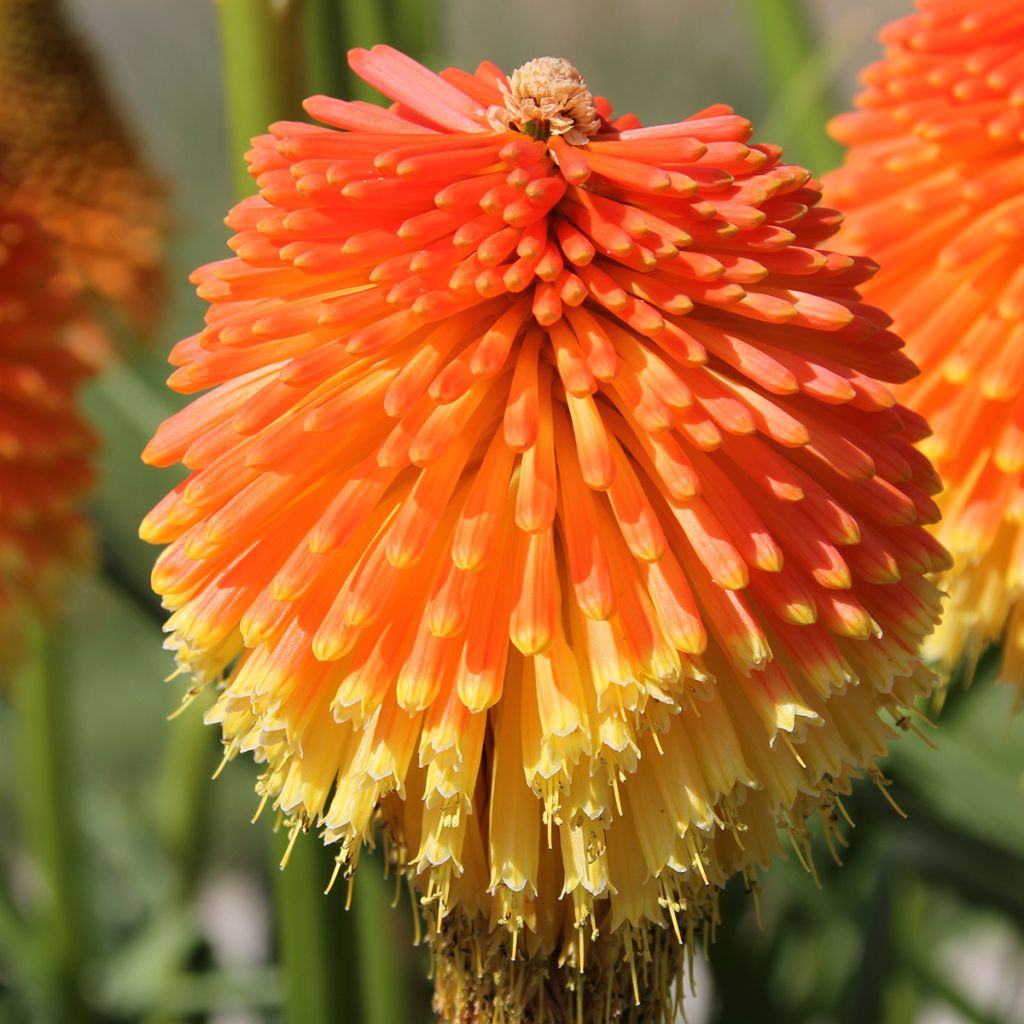

Kniphofia Traffic Lights - Red Hot Poker
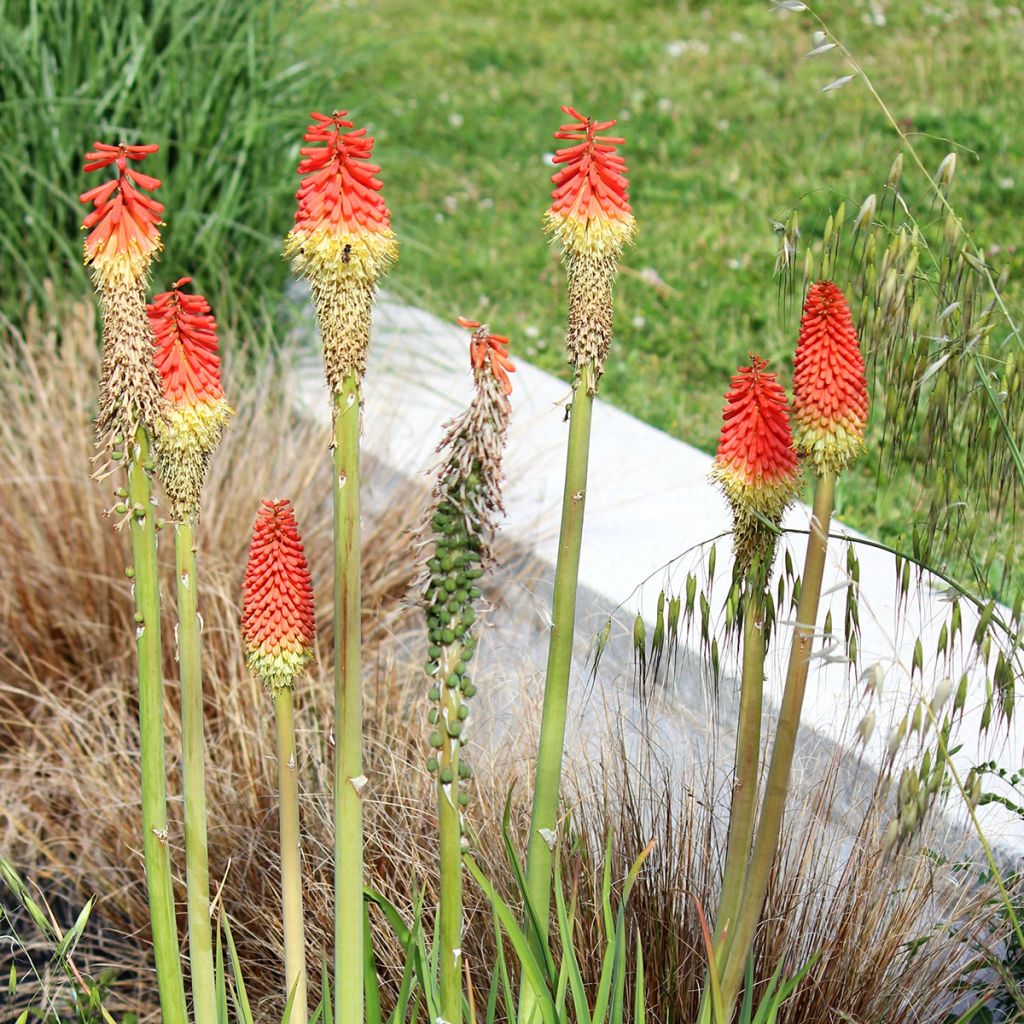

Kniphofia Traffic Lights - Red Hot Poker


Kniphofia Traffic Lights - Red Hot Poker


Kniphofia Traffic Lights - Red Hot Poker
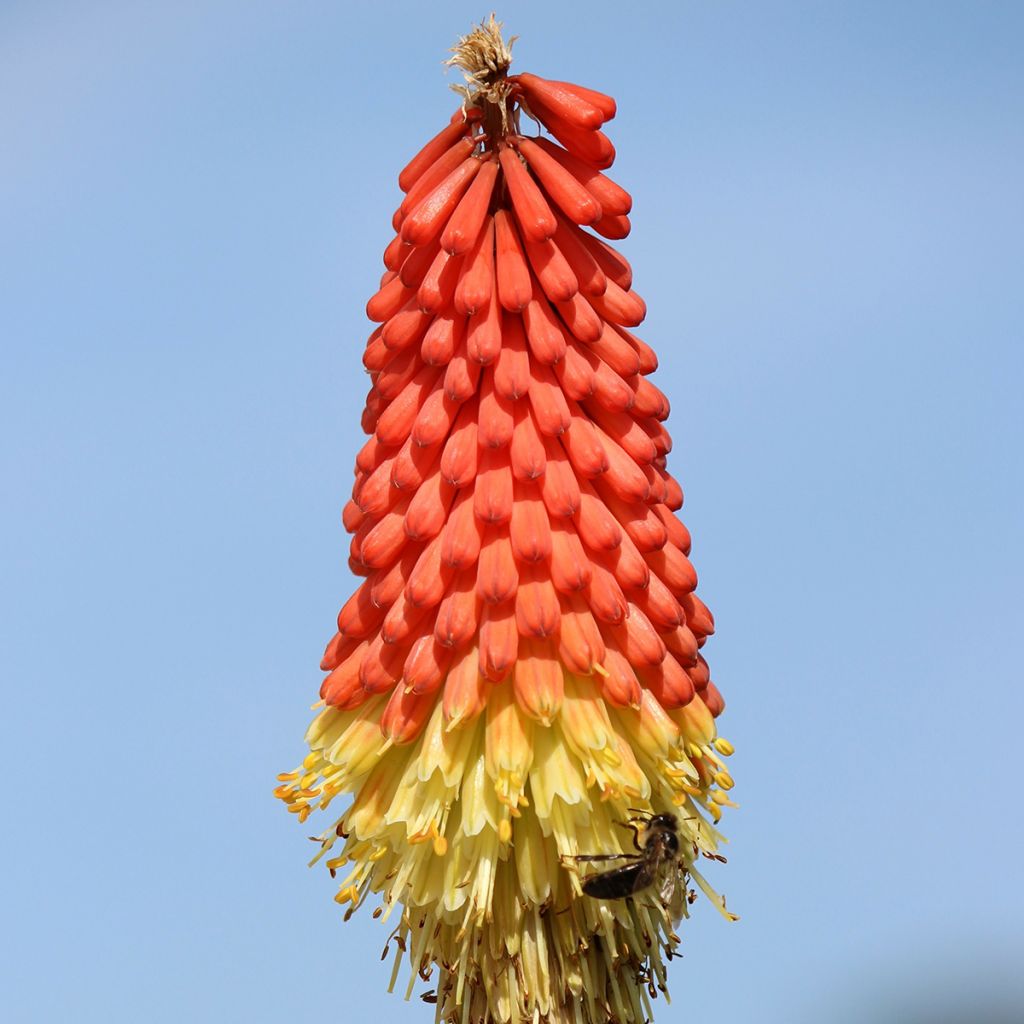

Kniphofia Traffic Lights - Red Hot Poker
Kniphofia Traffic Lights - Red Hot Poker
Kniphofia x hirsuta Traffic Lights
Red Hot Poker, Tritoma, Torch Lily, Poker Plant
Nice, it matches what I was looking for.
joelle, 22/10/2025
Special offer!
Receive a €20 voucher for any order over €90 (excluding delivery costs, credit notes, and plastic-free options)!
1- Add your favorite plants to your cart.
2- Once you have reached €90, confirm your order (you can even choose the delivery date!).
3- As soon as your order is shipped, you will receive an email containing your voucher code, valid for 3 months (90 days).
Your voucher is unique and can only be used once, for any order with a minimum value of €20, excluding delivery costs.
Can be combined with other current offers, non-divisible and non-refundable.
Why not try an alternative variety in stock?
View all →This plant carries a 12 months recovery warranty
More information
We guarantee the quality of our plants for a full growing cycle, and will replace at our expense any plant that fails to recover under normal climatic and planting conditions.

Would this plant suit my garden?
Set up your Plantfit profile →
Description
Kniphofia 'Traffic Lights' is a hybrid variety of tritoma or False Aloe. This small red-hot poker produces an abundance of tricolour flowering spikes from late summer to autumn. The flowering is in shades of red, orange, and green. It is an excellent perennial plant for borders. It is hardy, water-efficient, and cheerful. Plant in full sun, in well-drained soil.
Kniphofia hirsuta 'Traffic Lights' belongs to the Asphodelaceae family. The wild species K. hirsuta is native to the Drakensberg, a mountain range in South Africa as well as Lesotho and Eswatini. In nature, this plant grows on rocky slopes or by streams, up to 2900m (9514ft) altitude. The 'Traffic Lights' variety is a perennial with fleshy rhizomes. It forms a compact, slightly tousled clump, with tough ribbon-like leaves, with parallel veins, reaching 35 to 40cm (14 to 16in) in flower height and 30 to 35cm (12 to 14in) in width. The flowering period is long, occurring from August to October, rising well above the foliage on bare stems. The inflorescence resembles a torch. It is nectar-rich and honey-bearing. It is a dense terminal cluster, composed of tubular and pendulous flowers. The flowers start as scarlet red and gradually change to orange and then green, in a gradient from the top to the bottom of the spike. The foliage is deciduous, absent in winter. It consists of very long, slightly sharp, glossy bluish-green leaves, grouped in a spreading bunch.
Their exotic appearance already charmed our grandmothers. Tritomas are surprising plants, yet very sturdy. They light up any garden with their colourful torches. Kniphofia 'Traffic Lights' will fit well in a large rockery, mixed for example with magenta red Lychnis coronaria, officinalis sage, and Anchusa azurea 'Loddon Royalist', with deep blue flowers. Tritomas go well with perennials with light blooms, as well as grasses. They can also be planted in isolation, on a lawn, along a path mixing colours, or combined with bamboos, yuccas, cannas, and lobelia to create an exotic atmosphere.
Report an error about the product description
Kniphofia Traffic Lights - Red Hot Poker in pictures
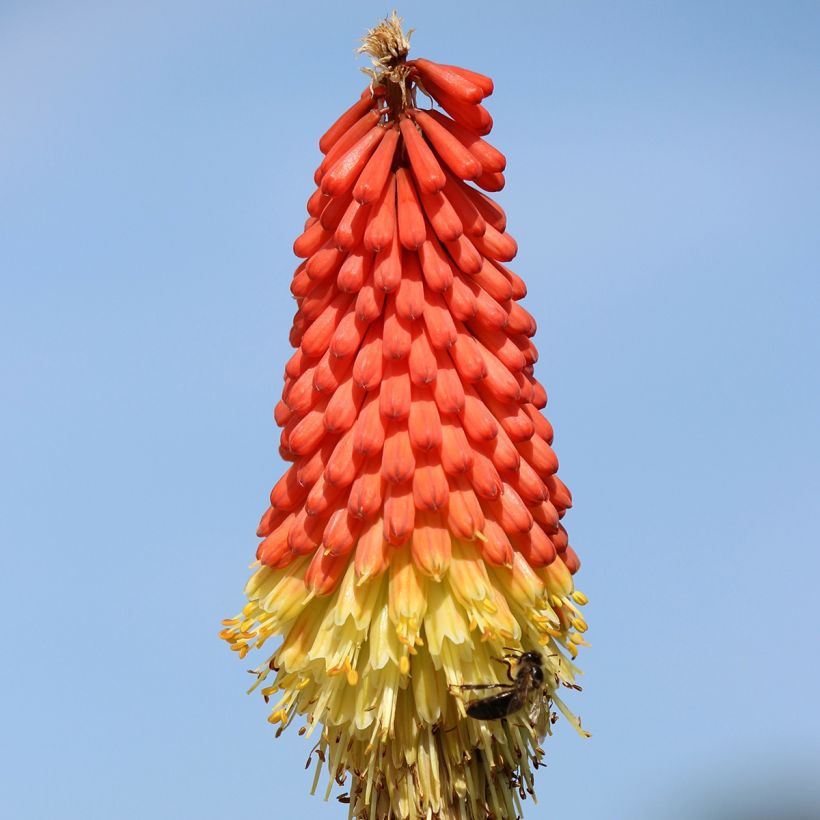



Flowering
Foliage
Plant habit
Botanical data
Kniphofia
x hirsuta
Traffic Lights
Asphodelaceae (Xanthorrhoeaceae)
Red Hot Poker, Tritoma, Torch Lily, Poker Plant
Cultivar or hybrid
Other Kniphofia - Red-Hot Pokers
View all →Planting and care
Plant Kniphofia 'Traffic Lights' in a sunny position in well-drained, humus-rich, sandy soil (a mix of leaf compost and coarse sand). In heavy and clayey soil, add 1/3 sand and 1/3 coarse gravel to a mix of compost and topsoil. Although kniphofia is very resistant, it does not tolerate excess water in winter well. Depending on your climate and soil, plant it on a mound or bank to avoid any stagnant water. Soil that remains slightly moist in summer will support flowering. In very hot regions, plant it in the morning sun.
Planting period
Intended location
Care
-
, onOrder confirmed
Reply from on Promesse de fleurs
Similar products
Haven't found what you were looking for?
Hardiness is the lowest winter temperature a plant can endure without suffering serious damage or even dying. However, hardiness is affected by location (a sheltered area, such as a patio), protection (winter cover) and soil type (hardiness is improved by well-drained soil).

Photo Sharing Terms & Conditions
In order to encourage gardeners to interact and share their experiences, Promesse de fleurs offers various media enabling content to be uploaded onto its Site - in particular via the ‘Photo sharing’ module.
The User agrees to refrain from:
- Posting any content that is illegal, prejudicial, insulting, racist, inciteful to hatred, revisionist, contrary to public decency, that infringes on privacy or on the privacy rights of third parties, in particular the publicity rights of persons and goods, intellectual property rights, or the right to privacy.
- Submitting content on behalf of a third party;
- Impersonate the identity of a third party and/or publish any personal information about a third party;
In general, the User undertakes to refrain from any unethical behaviour.
All Content (in particular text, comments, files, images, photos, videos, creative works, etc.), which may be subject to property or intellectual property rights, image or other private rights, shall remain the property of the User, subject to the limited rights granted by the terms of the licence granted by Promesse de fleurs as stated below. Users are at liberty to publish or not to publish such Content on the Site, notably via the ‘Photo Sharing’ facility, and accept that this Content shall be made public and freely accessible, notably on the Internet.
Users further acknowledge, undertake to have ,and guarantee that they hold all necessary rights and permissions to publish such material on the Site, in particular with regard to the legislation in force pertaining to any privacy, property, intellectual property, image, or contractual rights, or rights of any other nature. By publishing such Content on the Site, Users acknowledge accepting full liability as publishers of the Content within the meaning of the law, and grant Promesse de fleurs, free of charge, an inclusive, worldwide licence for the said Content for the entire duration of its publication, including all reproduction, representation, up/downloading, displaying, performing, transmission, and storage rights.
Users also grant permission for their name to be linked to the Content and accept that this link may not always be made available.
By engaging in posting material, Users consent to their Content becoming automatically accessible on the Internet, in particular on other sites and/or blogs and/or web pages of the Promesse de fleurs site, including in particular social pages and the Promesse de fleurs catalogue.
Users may secure the removal of entrusted content free of charge by issuing a simple request via our contact form.
The flowering period indicated on our website applies to countries and regions located in USDA zone 8 (France, the United Kingdom, Ireland, the Netherlands, etc.)
It will vary according to where you live:
- In zones 9 to 10 (Italy, Spain, Greece, etc.), flowering will occur about 2 to 4 weeks earlier.
- In zones 6 to 7 (Germany, Poland, Slovenia, and lower mountainous regions), flowering will be delayed by 2 to 3 weeks.
- In zone 5 (Central Europe, Scandinavia), blooming will be delayed by 3 to 5 weeks.
In temperate climates, pruning of spring-flowering shrubs (forsythia, spireas, etc.) should be done just after flowering.
Pruning of summer-flowering shrubs (Indian Lilac, Perovskia, etc.) can be done in winter or spring.
In cold regions as well as with frost-sensitive plants, avoid pruning too early when severe frosts may still occur.
The planting period indicated on our website applies to countries and regions located in USDA zone 8 (France, United Kingdom, Ireland, Netherlands).
It will vary according to where you live:
- In Mediterranean zones (Marseille, Madrid, Milan, etc.), autumn and winter are the best planting periods.
- In continental zones (Strasbourg, Munich, Vienna, etc.), delay planting by 2 to 3 weeks in spring and bring it forward by 2 to 4 weeks in autumn.
- In mountainous regions (the Alps, Pyrenees, Carpathians, etc.), it is best to plant in late spring (May-June) or late summer (August-September).
The harvesting period indicated on our website applies to countries and regions in USDA zone 8 (France, England, Ireland, the Netherlands).
In colder areas (Scandinavia, Poland, Austria...) fruit and vegetable harvests are likely to be delayed by 3-4 weeks.
In warmer areas (Italy, Spain, Greece, etc.), harvesting will probably take place earlier, depending on weather conditions.
The sowing periods indicated on our website apply to countries and regions within USDA Zone 8 (France, UK, Ireland, Netherlands).
In colder areas (Scandinavia, Poland, Austria...), delay any outdoor sowing by 3-4 weeks, or sow under glass.
In warmer climes (Italy, Spain, Greece, etc.), bring outdoor sowing forward by a few weeks.






























